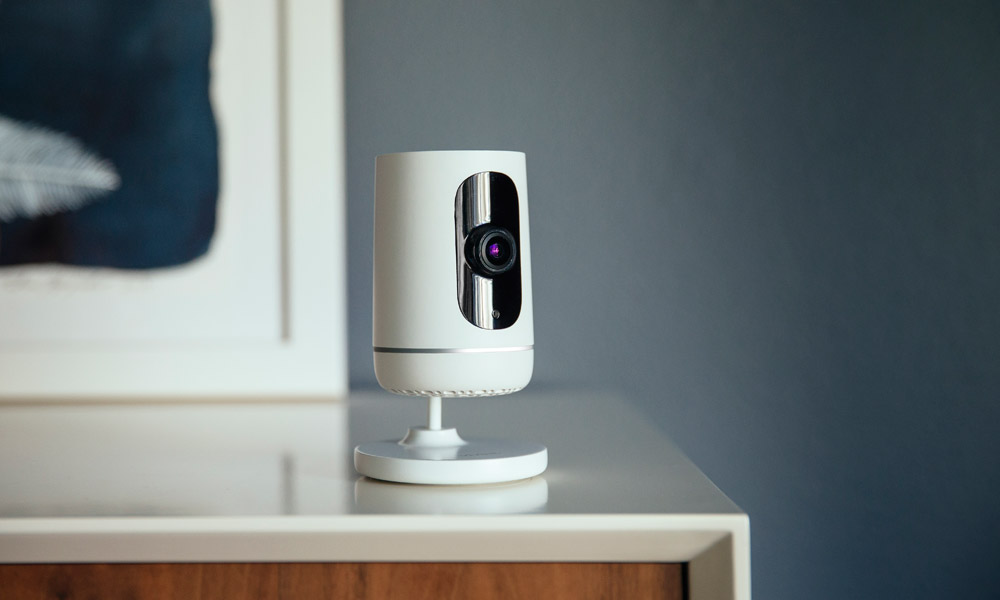
Smart home technology is creeping into almost every aspect of our lives, from the kitchen to the living room to the backyard, and security is no different. Today, a smart home security system almost always includes video coverage, but what does the future hold? Here’s a look at what the next five years holds.
Facial recognition
Already, plenty of setups can send an alert when motion is detected, or when someone opens a door. In just a few years, thanks to facial recognition technology, your surveillance cameracan tell you exactly who opened the door (as long as it’s a member of the family you’ve programmed, of course). The system will analyze the face of anyone who walks to the door, and you’ll be notified who it is.
Systems that learn what’s “normal”
Many home video surveillance systems can alert you when motion is detected, but that’s not always a good thing. If you live on a busy city street, you might get an alert every time a person passes by. Newer surveillance systems will be able to learn what’s normal. For example, if you get an alert and see it’s the paper carrier, you can tell the system that’s okay. The system will eventually learn that it’s fine for someone in a blue shirt to come by about 3 p.m. every day, and won’t notify you.
Cameras that can detect hidden movement
Pretty soon, we’ll be seeing surveillance cameras that detect infrasonic sound waves. What does that mean? Infrasonic sound waves are at too low a frequency for the human ear to hear. But by detecting those waves, a system can detect movement behind a closed door or even in another room, and turn towards the direction that sound is coming from. Current cameras are limited to one room or zone, but the next generation of cameras will be able to monitor an entire home with one camera.
Integration with other smart technology
With smart home technology becoming more and more common, you’ll start to see increased communication between elements. If your video surveillance system detects motion in a certain area, for example, it can tell your home to turn on all the lights. Home video systems will start to be more aggressive, so to speak, and will make an effort to stop an intrusion rather than simply record it.
While many smart home technologies are primarily about convenience, when it comes to security, it’s a matter of function. A smart home security system has features and abilities that a traditional system lacks.
If you’ve been considering making the leap into smart home technology, there’s no better place to start than with security. The products are incredibly intuitive and user-friendly and provide a level of service you just can’t get anywhere else.


